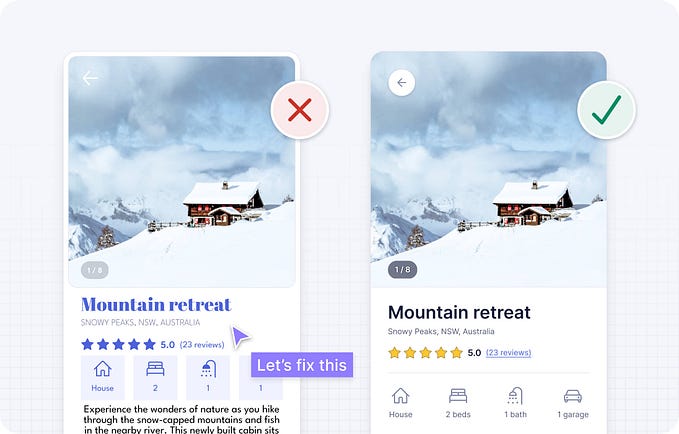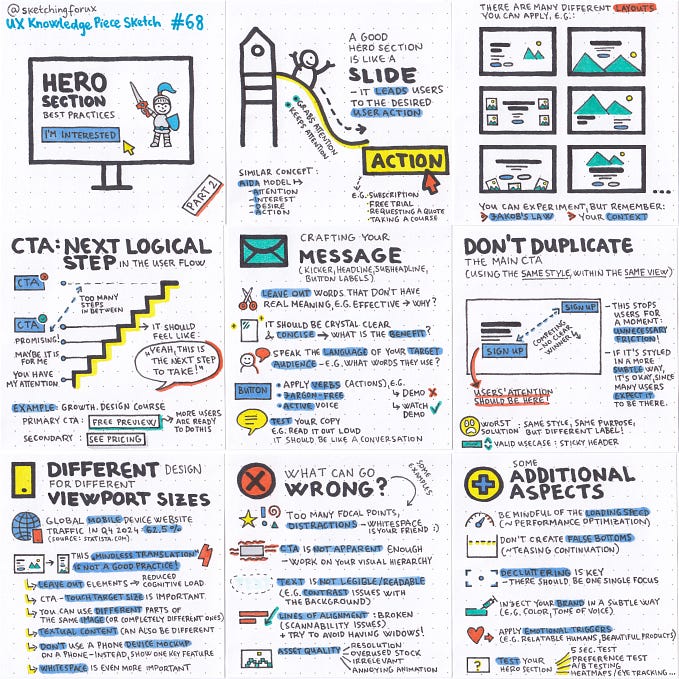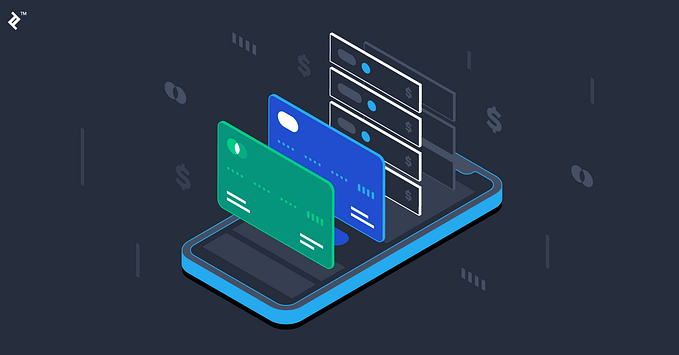
How Can Data Science Improve UX Design?
Web design was once considered more of an art than an exact science and some of the most talented designers had a strong background in visual arts, complemented by UX/UI courses. By no means were they data analysts or trained in spreadsheet use, but this will slowly change. Once data science advances into this niche, we will witness the transformation of the creation process for an excellent website into an algorithm instead of educated guesswork. This doesn’t mean that all sites will be the same, or that designers will become obsolete, it is more a matter of using data to make things right the first time instead of trying a couple of designs before settling for the winning one.
How can data enhance a website?
Data can help design teams to create sites that are not only beautiful but functional and which trigger a clear response from the user, such as pushing the intended buttons leading to a purchase or filling in their e-mail address. A well-designed site gets visitors to stay longer, generates more shares, ultimately converting into more business. With the existing multitude of data sources, it is not difficult to gather insights about the clients’ preferences, but it is becoming challenging to navigate the ocean of information. The good news is that most of it is free, like Google Analytics.
Layout
It is well known that the placement of each item on a page has a significant impact on the conversion rates and ultimately the ROI. The traditional way of creating the best layout was to design several variants and test them in the field by showing them to selected user groups and keeping the best-performing ones. This was known as A/B testing, and although it was known to boost conversion rates, it was slow and more of a trial and error approach.
One improvement to this is a dynamic website design which changes according to user’s interactions or takes into consideration preferences provided by the browser’s cookies.
Another way of gathering knowledge from data for layout purposes it to use heat map analysis. Based on tracking the eye or the mouse, they show what gets the user’s attention and holds it. This could be a good indicator of preferred colors, fonts or items such as buttons or banners. Paying attention to this stream of real-time data gives clues about what content works and which needs to be replaced, acting as an unintentional but honest feedback from the visitor.
Content
Any website should include a search box. This simple design feature has a double role: helping visitors find what they are looking for as quickly as possible without worrying about the structure of the site and providing the designers and developers with a collection of what is interesting for potential clients.
By analyzing the relationship between what people were looking for and the results they got, the web developer, together with the team, can make the necessary changes to provide more valuable content.
Also, making a list of top searches that did not return a result can give some ideas for expansion strategies or covering new niches. These results can also indicate specific long-tail keywords that could be the focus of future SEO efforts.
Customer segmentation
Web personalization is paramount to making visitors feel important, catered to and unique. By gathering the right information, the website can show adaptive messages, images or calls to action. Even as early as 2014, this approach was used successfully by some companies to connect better with their clients by filtering out unnecessary information and also triggering an emotional connection through well-chosen visuals.
Consultancy companies recommend employing customer segmentation techniques and unfolding specific strategies that help target the right group with the best message at the most convenient time.
This technique is also useful in re-targeting campaigns through e-mail or social media. Once a company has defined its target segments, the same logic can be applied to subsequent communication and a coherent strategy can be employed through multiple channels. For example, the same image that attracted certain groups of visitors can be re-used as a visual for a social media advertisement or inside a newsletter.
Acquisition and traffic analysis
Data on how leads get to your site and what they do once they get there can help you learn more about which marketing efforts are paying off and which ones you should stop. Look closely at the entry points and the exit pages. Evaluate the contribution of each acquisition channel and try to boost those that are showing an excellent conversion flow.
There are numerous tools like SEMRush and Similarweb that can help you compare your traffic to that of your competitors. You can see not only how you rank, but get ideas how to generate more organic traffic by looking at what they are doing better than you.
Perspectives for web designers and web developers
We have already mentioned that we don’t foresee a downturn in these jobs, but instead a reshaping of attributions and workflows. Specialists should expect a rising need for continuous education for using data science in their daily tasks.
They are not expected to become data scientists or data analysts, but to be aware of the changes above and to be able to use tools that incorporate such results in their existing processes. There are some user-friendly options, starting with Google Analytics, Tableau, Avocode, and more. The next generation of web developers is expected to be a mix between coder and data scientist, being aware of both worlds.
Data can enhance web design as long as it is used for the right reasons. The primary focus should continue to be solving the client’s problems. Of course, data can enhance that by providing real-time answers, but it can’t replace a strategy. However, it has the power to improve design iteratively, automate some responses of the website and create a high degree of personalization.









